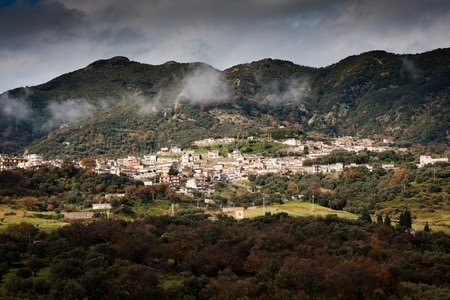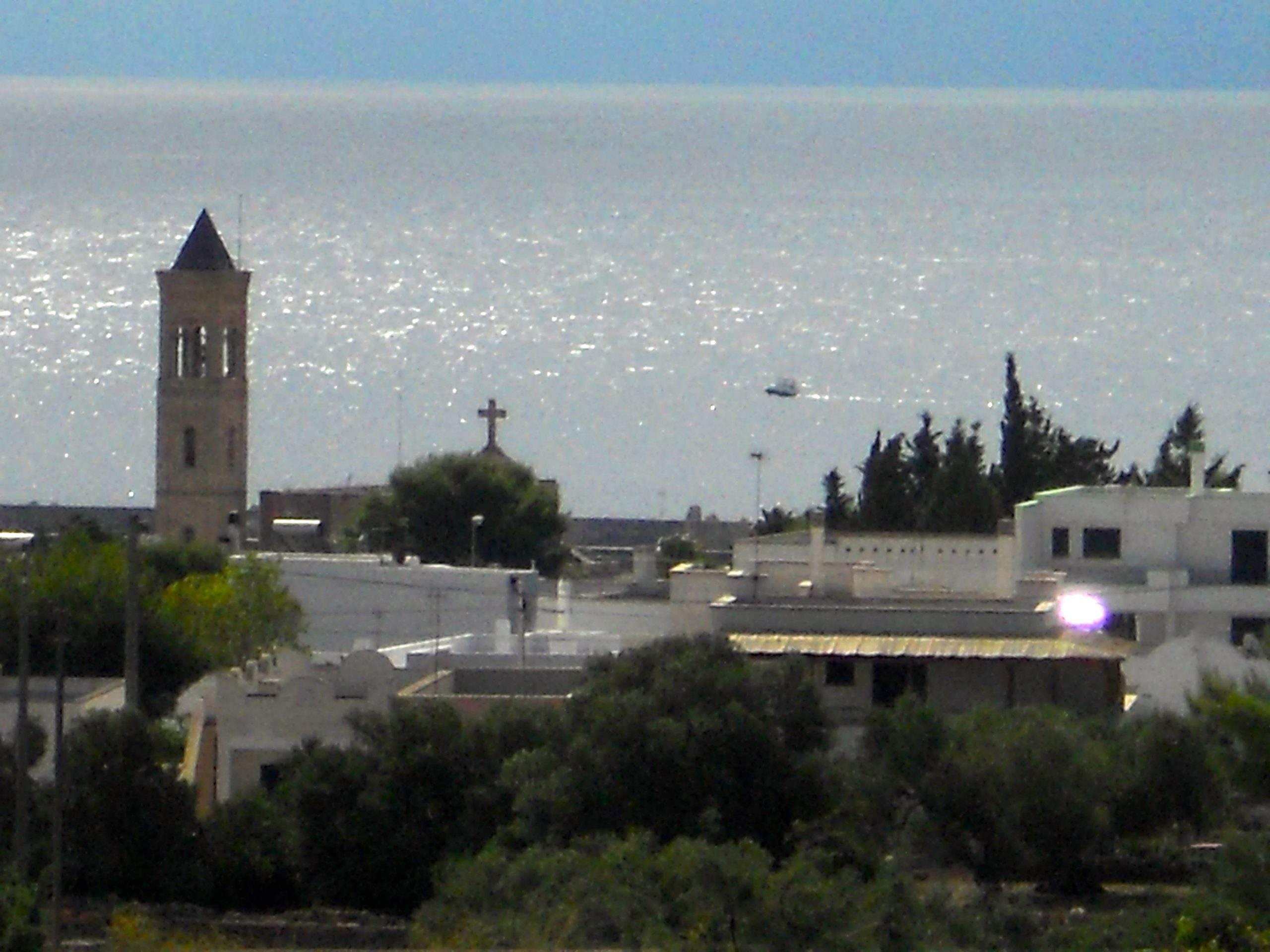Italy’s Last Frontier

photo by Bruno Spagnolo
Somewhere you’ve never truly been is to the Calabria I know. It is the Calabria that persists without regard for the omnipresent fist of the ‘Ndragheta; it is the Calabria that picks itself up after each devastating earthquake, and the Calabria that despite its poverty and the pathetic and brutal attempts on the part of governments to “develop” this southern region, still dazzles with its startling natural beauty.
Calabria is the wild and unspoiled region of Italy.
This land is my forefathers’ land, where my father was also born and where I return to periodically to rediscover it with new and hopeful eyes each time.
I’ve learned to play a game whenever I’ve returned to Calabria: I see for how long I can go blocking the images of glaring and shameless neglect, and look past to the rough-hewn craggy mountaintops from which sprout amazingly picturesque towns; I count how long it takes before the disgust at the evidence of opportunism of both organized crime and government subsidies dissipates and the splendor of the aquamarine coastline takes a hold of me. And then, the game forgotten, I am fully immersed in the raw beauty around me.
We are coming from Sant’Eufemia and heading towards Pizzo. I want to make this land known to my son; that he might remember his grandfather when thinking of it. And although that very man left Calabria at the age of nine to seek out an adventure worthy of his curiosity, and went to Rome, it is important to me that my children know where he was born.
We leave the A3 highway and follow the signs towards Pizzo. This road will climb steeply towards Filadelfia.
The eye easily turns away from abandoned construction sites now, from ill-conceived holiday camps along the coast and rests upon dense vineyards situated on the hillside as we ascend. New homes or “villini” as they are known here, have grown among the terraced cultivated slopes contrary to the uninhabited hills I remember from years ago. Secular olive trees, well aligned and well tended provide blessed shade in the groves until finally as the road becomes more tightly wound and the ascent sharper, the vineyards and olive groves give way to forests of conifers, broad valleys below and lush highlands.

Nestled in a dense landscape, sits Filadelfia looking like the portal that leads to the mountain beyond. The mountain that hovers above in the distance is austere. Does it lend this same characteristic to the hilltop city we are approaching, I wonder? Certainly, as we near Filadelfia we are met by a solemn and grim structure: it is the Ficarazza, the fountain that announces the start of the town. Memories flow unbidden of my father’s stories of his childhood; the race to the fountain and of little boys laden with clay urns arriving only to find that “la Ficarazza si siccau” (the fountain is dry)— an unrepentant stone structure sputtering out barely a trickle of water, at the mercy of the cold streams fitfully coming down from the impervious mountain looking on.

There are many mountains on the east side of Filadelfia that are rich in vegetation and cold water streams. The view from this high lookout point just outside the town is quite spectacular, but not at all the stereotypical image of Calabria, the land of sun and sea. Today as I gaze out to the panorama before me, under a darkening sky, I see rather a land of mountains and forests.
The town, when we arrive, quite as the Ficarazza promised, seems somber and austere too. It is unchanged from what I remembered, and even more desolate. I am mortified to find it so, but much to my delight, my son tells me he quite likes it.

Filadelfia is definitely a unique city in Italy. Of the many towns rebuilt or built new after the 1783 earthquakes that devasted many of the urban centres in this part of Calabria, Filadelfia stands out as having been done to the regulations of a new building code, which specified (according to population) how wide main and secondary streets should be, how tall the buildings could be, etc. etc. It is in fact, “the result of having been part of the first significant effort in European history to build not just single buildings, but entire towns that could withstand the seismic forces of nature”. (Matthews,Jeff: Naples: Life, Death & Miracles. http://www.naplesldm.com/baracc.htm)
Before us is a wide and spacious “square” piazza unlike any other in Italy. A sort of Greek cross divides it into 4 quadrants. Each quadrant or smaller square has a church on it and represents one of the four neighbourhoods of the city. This large main square is Piazza Andrea Serrao. I wish I could say that this Bishop, philosopher, statesman and martyr who bears my same name, and who helped rebuild Filadelfia after the earthquake, was an ancestor of mine. Unfortunately by all accounts left to me, it just isn’t so. Nevertheless, one day I will investigate further.

After an “aperitivo” at a quaint bar in Piazza Serrao, we set out to visit the town and find our hotel. The streets are narrow and climb steeply. Along the way we stop to admire large “palazzi” or manor homes with distinctly noble character. These boast impressive walls built by local craftsmen who used blocks of local stone, bricks and tile fragments of various sizes. Doors and entryways framed by carved stone embellishments are particularly beautiful as are the wrought iron balconies above them.


my grandmother’s house
Back on the main street I search longingly for shops that sell the woven textiles that this part of Calabria is known for. I think of the woven towels left to me by my paternal grandmother, now protected in vellum paper and wrapped in a fine cambric cloth in an old trunk in my basement. Will I, or my children, ever use them, or do I keep them in an attempt to preserve the past which is fast receding?
In Filadelfia, the main street has little for tourists. In fact tourism is generally unknown in this part of Italy. There is the city hall with an enormous clock on its steeple tower, some shops selling odds and ends, a hardware store, a couple of hair salons. Oddly, I find something of an unexpected pleasure in this; in discovering how unaccustomed to tourism this land is. It is a place that is still naïve and unaware of the assault of visitors from an outside world.
We stroll along and feel the curious gazes following our step. We are a novelty in a place that little deviates from the continuum of daily life. Mostly it is the innocent scrutiny of old men sitting on street benches and the odd café bar that accompanies us.

We wander along the now deserted alleys. It is late evening, and the usual din of dinnertime along with the babble of the television waft across the open widows as we pass.
We arrive at L’Antico Borgo Our car is parked not far from here. We enter to check for a couple of rooms and find a welcoming and characteristic hotel lobby. A giant tree grows out of the floor and provides shade in this open air reception area. The aromas coming from the large and quite elegant dining room are enticing.




0



